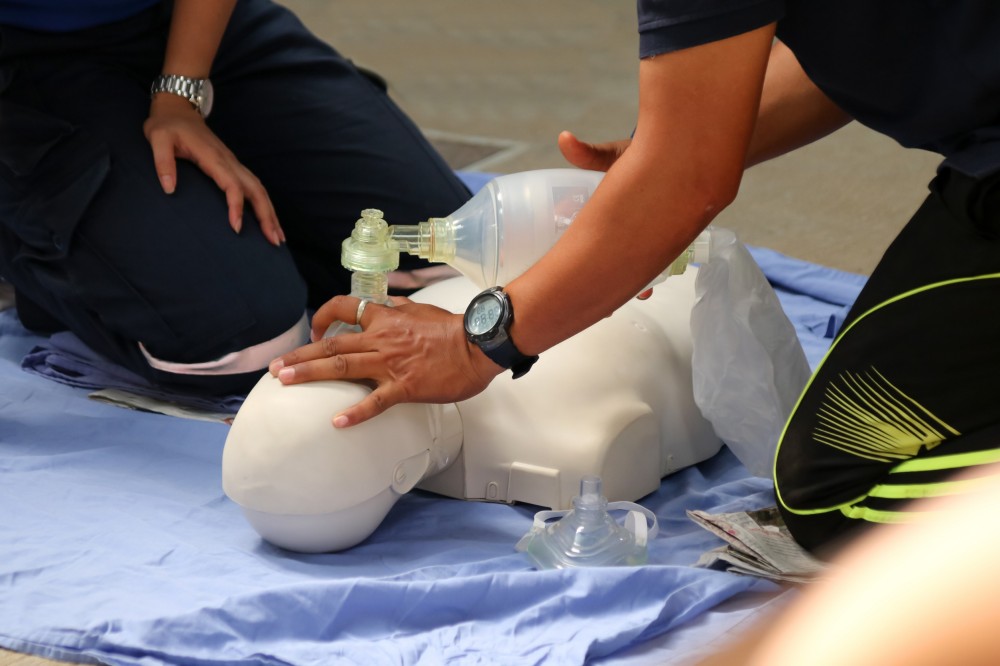When it comes to workplace safety, it’s essential to have measures in place to respond quickly and effectively in the event of an emergency. The Nigerian Convention 032 (Protection against Accidents (Dockers), 1932 recognizes this need and calls for the provision of emergency medical services in the event of an incident or accident. This proactive approach to workplace safety not only protects employees but also helps to promote productivity and success in the business.
One effective way for organizations to protect their employees is through CPR and AED training. CPR (Cardiopulmonary resuscitation) and AED (Automatic External Defibrillation) training provide employees with the skills and knowledge needed to respond to a cardiac emergency. By having trained individuals on hand in the workplace, organizations can ensure that their employees are equipped to take immediate action in the event of an emergency, potentially saving lives and reducing the risk of long-term health problems.
These trainings equip individuals with the knowledge and skills to perform CPR, which involves chest compressions and artificial respiration, and to use an AED, which can deliver an electrical shock to the heart in order to restart it. This can make a significant difference in saving lives in the crucial moments following a cardiac emergency.
Moreover, CPR and AED trainings can also help to reduce the risk of injury to employees who may be performing these procedures. By providing hands-on training, individuals can become more familiar with the proper techniques for performing CPR and using an AED, reducing the risk of injury and increasing the chances of a successful outcome in the event of an emergency. This can also promote a sense of confidence and empowerment among employees, who will feel equipped to respond in the event of an emergency.
This proactive approach to workplace safety is not unique to Nigeria. In fact, similar laws exist in many countries around the world, such as the Occupational Safety and Health Act (OSHA) in the United States and the Health and Safety at Work Act in the United Kingdom. These laws provide a framework for organizations to prioritize the safety and well-being of their employees and promote productivity in the business.
In conclusion, providing CPR and AED training to employees is a critical step that organizations can take to ensure the safety and well-being of their employees. By investing in this training, organizations can not only meet the requirements set forth by laws like the Nigerian Convention 032 (Protection against Accidents (Dockers)), 1932, but also promote a culture of safety and productivity in the workplace. This investment can go a long way in reducing the risk of workplace accidents and emergencies, and in ensuring the health and safety of employees. Additionally, it can also provide peace of mind for employees and their families, knowing that their workplace has taken the necessary steps to protect their well-being. So, if you’re an organization looking to prioritize the health and safety of your employees, consider investing in CPR and AED training today.

